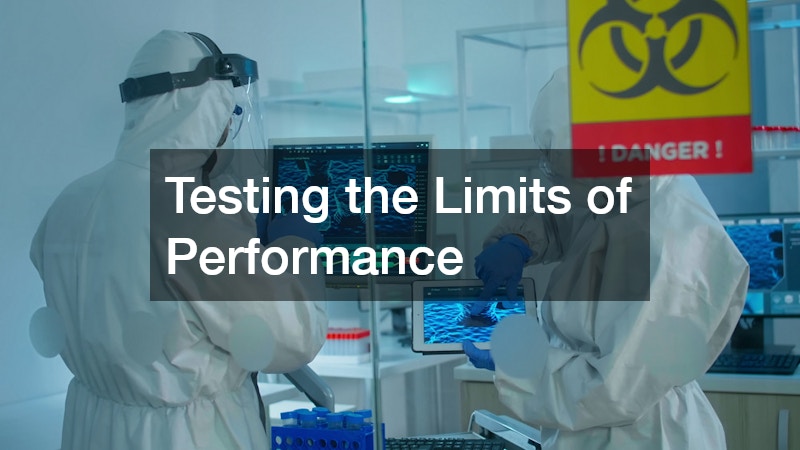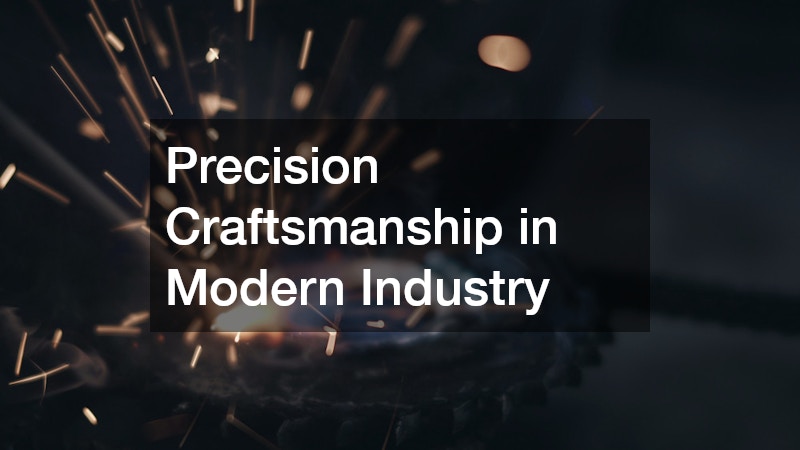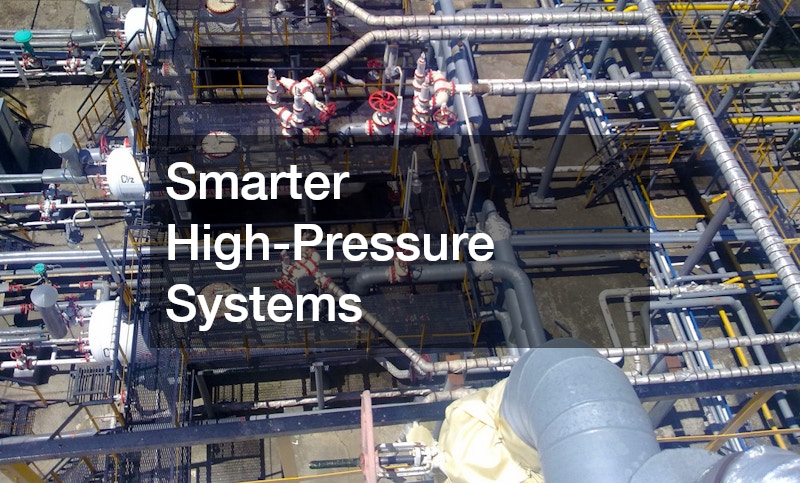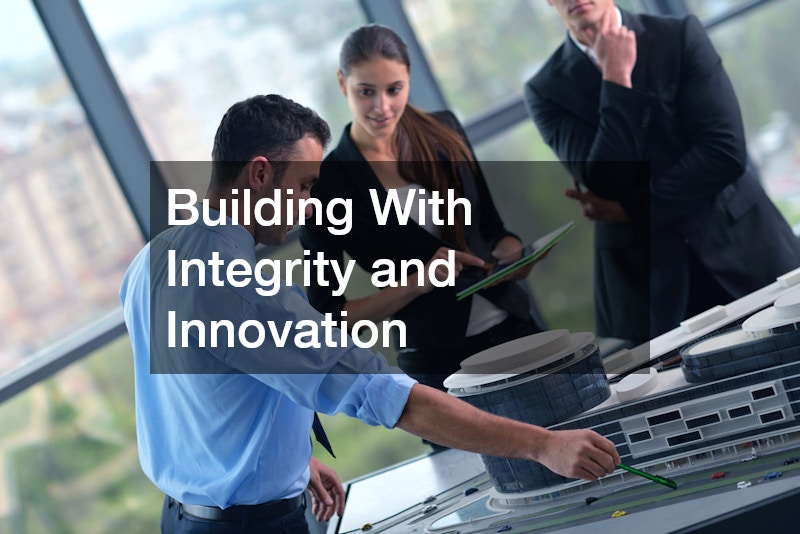As industries race to keep up with growing global demand, tightening sustainability mandates, and ever-evolving risks, the engineering world is undergoing a profound transformation. At the heart of this change lies modern innovation—the relentless advancement of technologies, processes, and systems that continually push performance boundaries and address increasingly complex challenges. From intelligent materials that provide superior insulation to robust designs engineered to withstand the immense pressures of the ocean depths, innovation is unlocking unprecedented levels of efficiency, safety, and durability across industries.
Explore the pivotal areas where engineering and technology converge to drive meaningful change. We spotlight innovations ranging from purification that fosters healthier environments to advanced architectural materials that redefine modern skylines. In every domain, the fusion of expert knowledge with cutting-edge tools is generating tangible improvements: cleaner systems, safer operations, more durable equipment, and smarter, more sustainable construction practices.
Modern advancements are profoundly impacting diverse technical fields. Whether you are a facility manager seeking efficiency gains, a design engineer tackling complex challenges, a procurement lead sourcing advanced solutions, or simply curious about the evolving world around you, these insights reveal how engineering is rising to meet the demands of a rapidly changing planet.
Read on to learn about the powerful intersection of tradition, science, and imagination, and discover the remarkable possibilities that emerge when innovation leads the way toward a smarter, safer, and more sustainable future.
Cleaner Systems for a Healthier Tomorrow
Innovation has paved the way for sustainable solutions in purification technologies that prioritize environmental conservation and human health. Companies are increasingly investing in advanced filtration systems and waste management processes to minimize their carbon footprint and promote eco-friendly practices.
Advancements in gas purification technologies have significantly enhanced the ability to deliver cleaner and safer air across various industries. Innovations in filtration materials, catalytic processes, and adsorption techniques now enable more efficient removal of contaminants and impurities from gas streams. These improvements not only ensure higher purity levels but also extend the lifespan and reliability of purification systems. As a result, modern gas purification solutions are better equipped to meet stringent quality standards and handle the demanding conditions encountered in real-world applications.
Sustainable and efficiency-minded modern innovation continues to drive the development of cleaner systems that will shape a healthier tomorrow for generations to come. These technologies not only support environmental goals but also enhance public safety, industrial productivity, and long-term cost savings. As global awareness of environmental issues grows, cleaner systems will remain central to responsible business practices, inspiring ongoing research and investment in greener, more effective solutions.

Testing the Limits of Performance
When it comes to pushing the boundaries of performance, modern innovation is instrumental in driving progress in various industries. Environmental test chamber service providers offer state-of-the-art facilities that allow companies to test the durability and functionality of their products under extreme conditions.
By leveraging cutting-edge technologies and predictive modeling, companies can optimize their design processes and enhance the performance of their products for real-world applications. These testing services play a critical role in ensuring product quality and reliability in today’s competitive market.
With a focus on continuous improvement and performance optimization, modern advancements are redefining the standards of excellence in industrial testing and validation. As industries face increasing demands for efficiency, safety, and sustainability, test chamber services provide a foundation for meeting regulatory requirements and exceeding consumer expectations. This ensures that products are not only high-performing but also resilient in unpredictable environments.
Safety in Hazardous Environments
Modern innovation is transforming safety in hazardous environments through the development of intrinsically safe barriers—critical systems designed to protect both personnel and equipment from dangerous conditions. These advanced barriers work by preventing ignition sources in explosive atmospheres, significantly lowering the risk of accidents and ensuring strict compliance with safety regulations.
By implementing intrinsically safe barriers in industrial settings, companies can mitigate the risks associated with hazardous materials and processes, safeguarding the well-being of their workforce and minimizing operational downtime. With a focus on proactive risk management and safety protocols, modern advancements are redefining safety standards in high-risk environments.
As new technologies and advanced materials emerge, intrinsically safe barriers are becoming increasingly sophisticated and effective in mitigating potential hazards in industrial environments. They now offer improved durability, real-time monitoring capabilities, and greater adaptability to complex systems. These advancements enable businesses to maintain safer workspaces while also increasing operational efficiency in challenging conditions.

Precision Craftsmanship in Modern Industry
In today’s competitive industrial landscape, modern innovation is revolutionizing metal fabrication services by integrating cutting-edge technologies and advanced processes. Companies are leveraging state-of-the-art machining tools, robotics, and automation systems to enhance the precision, speed, and efficiency of their production operations.
From custom components to complex assemblies, metal fabrication service providers are pushing the boundaries of design and engineering to deliver high-quality products that meet the evolving demands of modern industries. By embracing digital manufacturing, additive processes, and computer-aided design, companies can streamline workflows, reduce waste, and achieve greater levels of accuracy and consistency.
Modern advancements are reshaping the metal fabrication industry. With a strong focus on precision craftsmanship, quality assurance, and sustainability, they are setting new benchmarks for excellence and performance, enabling manufacturers to stay competitive while delivering durable and reliable products tailored to their clients’ needs.
Extending the Life of Industrial Components
Extending the life of industrial components has become increasingly effective. This has driven the advancement of refurbishment services aimed at restoring and rejuvenating worn-out parts. Companies are embracing cutting-edge refurbishment techniques to repair damaged components, thereby enhancing their durability and overall performance.
By leveraging specialized tools, high-quality materials, and precision craftsmanship, rebabbitting service providers can restore critical components to meet or exceed their original specifications. This process significantly prolongs operational lifespan while helping to reduce costly maintenance and replacement expenses. Such services are essential for optimizing equipment reliability and minimizing downtime in demanding industrial environments.
As the focus on sustainability and resource efficiency grows sharper, modern innovation is accelerating the adoption of refurbishment solutions that support a circular economy. These practices promote the reuse and conservation of valuable materials, contributing to more environmentally responsible industrial operations.

Smarter High-Pressure Systems
When it comes to optimizing high-pressure systems, modern advancements are revolutionizing the design and operation of pressure vessel openings with advanced technologies and materials. Companies are adopting smart solutions that enhance the efficiency and safety of high-pressure equipment in various applications.
Pressure vessel openings play a critical role in regulating the flow of fluids and gases in industrial processes, requiring robust designs and reliable performance under extreme conditions. By integrating sensors and control systems, companies can monitor and control pressure levels in real time, ensuring optimal operational efficiency and risk mitigation.
By emphasizing smarter solutions and advanced predictive maintenance strategies, modern innovation is fundamentally transforming the capabilities of high-pressure systems. This allows companies across various industries to achieve significantly higher levels of operational performance, efficiency, and long-term reliability while reducing downtime and maintenance costs.
Reliable Connections Below the Surface
Subsea operations demand rugged, fail-safe components. One of the most critical among them is subsea subconn connectors, essential for transmitting signals and power in oceanic environments. Driven by modern innovation, today’s subsea subconn connectors feature superior sealing technology, corrosion-resistant materials, and modular designs. These improvements allow for faster installation, more reliable connections, and longer deployment durations.
Additionally, advancements in materials science and manufacturing precision have enhanced their resistance to extreme pressure and biofouling, further ensuring consistent performance in harsh underwater conditions. Whether used in offshore energy production, deep-sea exploration, or undersea cable systems, these connectors embody the reliability and innovation required for successful subsea operations.
As subsea technologies evolve, these connectors are expected to support higher data rates, increased power demands, and longer lifecycles—making their role in marine operations even more vital.

Building With Integrity and Innovation
Modern innovation is transforming structural engineering by driving the development of high-performance building solutions that emphasize safety, sustainability, and functionality. Structural engineers are harnessing advanced design software, cutting-edge materials, and innovative construction techniques to optimize the strength, resilience, and efficiency of buildings and infrastructure projects.
From seismic retrofitting to the creation of complex steel frameworks, structural engineering services play a vital role in ensuring the integrity and long-term performance of civil and architectural endeavors. By employing sophisticated modeling, simulation, and analysis tools, engineers can accurately predict and mitigate potential structural risks, thereby enhancing both safety and durability in the built environment.
Modern engineering practices, with a strong focus on innovation, sustainability, and structural integrity, are reshaping the construction landscape. These advancements are setting new benchmarks for design excellence, enabling the creation of safer, more resilient, and environmentally responsible infrastructure that meets the demands of today and tomorrow.
Shaping the Future of Design Elements
Modern advancements are reshaping architectural design by expanding the use of architectural foam as a versatile, lightweight, and highly adaptable material for creative applications. Architects and designers are increasingly turning to foam-based solutions to enhance both the visual appeal and functional performance of building elements and façades.
Architectural foam provides a cost-effective and customizable alternative to traditional materials, enabling intricate detailing, complex shapes, and seamless integration within diverse architectural styles. Through the use of advanced fabrication methods, including CNC machining and 3D modeling, designers can achieve unique textures and forms that elevate the aesthetics and innovation of contemporary buildings and structures.
With an emphasis on creativity, sustainability, and material efficiency, modern innovation is revolutionizing the potential of architectural foam. This empowers architects and designers to push the boundaries of imagination and craftsmanship, resulting in stunning, eco-friendly projects that stand out in today’s built environment.
Invisible Layers That Make a Difference
Thermal management and energy efficiency, achieved through the widespread adoption of advanced mechanical insulation solutions, are significantly boosting the performance and sustainability of industrial processes. Mechanical insulation plays a vital role in minimizing heat loss and lowering energy consumption across HVAC systems, piping, and various types of equipment.
By incorporating cutting-edge materials and state-of-the-art insulation technologies, companies can enhance thermal efficiency, maintain stable operating conditions, and extend the lifespan of critical industrial assets. These often unseen layers of insulation not only help reduce energy expenses but also support broader environmental goals by lowering carbon footprints and promoting sustainable operations.
With a strong focus on energy conservation and environmental stewardship, modern innovation is revolutionizing the field of mechanical insulation. These advancements are setting new benchmarks for efficiency, reliability, and sustainability, ultimately helping industries meet regulatory requirements while contributing to a cleaner, greener future.
Engineering today is not just about building—it’s about building better. Across each area covered in this blog, the influence of modern advancements are undeniable. Whether it’s in the creation of safer work environments, longer-lasting machinery, or more sustainable structures, innovation is the engine driving improvement.
Purification technologies play a vital role in delivering cleaner air and water. Environmental test chamber services ensure that products withstand rigorous conditions and maintain durability. Intrinsically safe barriers help minimize workplace hazards, while expert metal fabrication and rebabbitting extend equipment lifespan. Pressure vessel openings and subsea subconn connectors enable safe operation in extreme environments. Advances in structural engineering and mechanical insulation enhance construction quality, and architectural foam bridges seamlessly combine innovative design with functional performance.
Modern advancements are proving essential in every corner of the engineering industry. It allows engineers and companies to achieve more with less, push limits while preserving safety, and build the systems and structures that will define the next century.
As we continue to face new challenges, from climate adaptation to global connectivity, the importance of these innovations will only grow. Staying informed, adopting new practices, and investing in smart solutions will be critical steps toward building a smarter, more resilient, and sustainable future. By embracing the latest technologies and fostering a culture of continuous improvement, we can ensure that engineering not only meets the demands of today but also anticipates the needs of tomorrow. Ultimately, modern innovation empowers us to create a world that’s safer and cleaner for generations to come.


